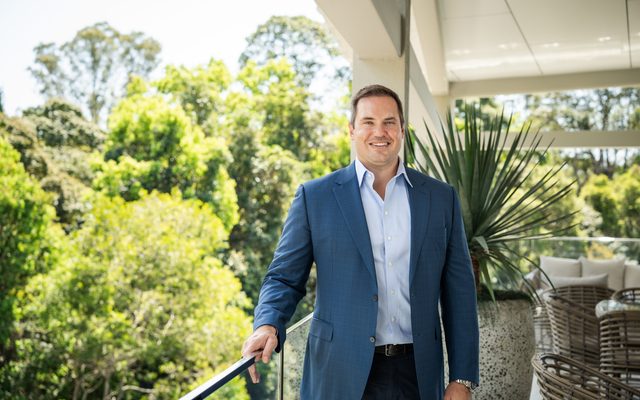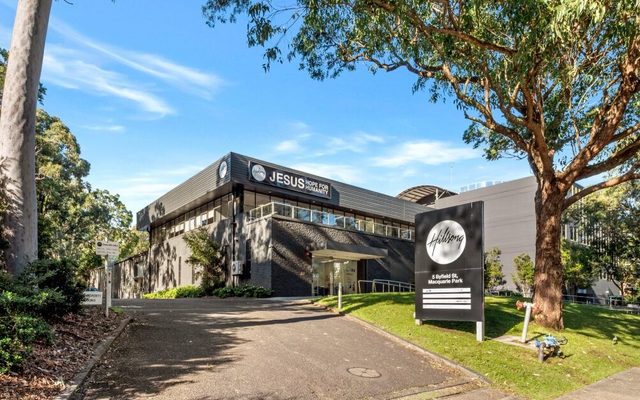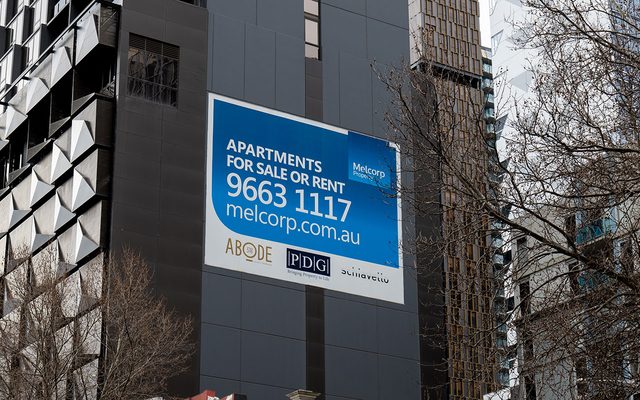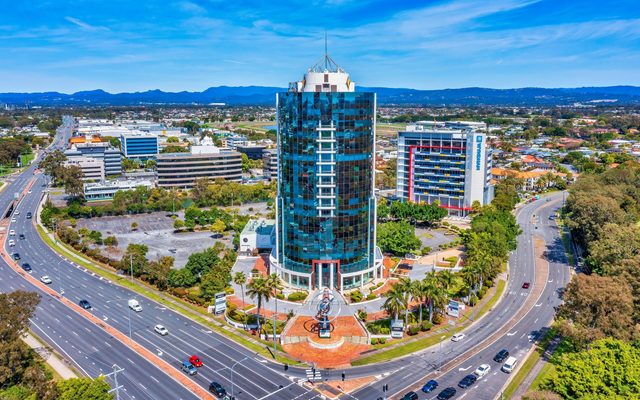This article is from the Australian Property Journal archive
HOUSE prices in Sydney, Adelaide and Perth will jump by 20% over the next three years, due to a massive underlying deficiency of new dwellings, according to QBE LMI’s Australian Housing Outlook report.
The report researched by BIS Shrapnel, forecasts moderate house price growth in the three years to June 2013 in Brisbane (+15%) and Hobart (+13%) where affordability is not as strained or there is substantial dwelling deficiency.
Elsewhere the weakest price growth is forecast in Darwin (+12%), Canberra (+10%) and Melbourne (+9%).
QBE LMI CEO Ian Graham said the housing market gained momentum in 2009 due to a combination of factors, including the First Home Owner’s Grant Boost Scheme and record low interest rates.
And house price growth has moderated in the first half of 2010 since the expiry of the FHOGBS at the end of 2009 and several interest rate rises between October 2009 and May 2010.
“The decline in first home buyer demand in the first half of 2010 is primarily due to first home buyer activity being pulled forward into 2009 because of the FHOGBS. However, demand is forecast to return to more normal levels, believed to be around 130,000 to 140,000 loans approved, in 2011,” he predicted.
Graham said future median house price rises will be underpinned by a deficiency of dwelling stock across most capital cities, which in turn will lead to tight vacancy rates and solid rental growth, flowing through to investor demand.
In Sydney, new dwelling constructions have fallen to 50 year lows in 2008/09 which is placing upward pressure on prices. Together with rising confidence from strengthening economic growth, prices are forecast to rise by 4% in 2010/11, and pick up to 6% in 2011/12 and further 9% in 2012/13.
Overall, Sydney’s median house price is expected to increase to $750,000, representing total growth of 20%, or an average of 6.3% per annum. While this represents a high number at face value, in real terms Sydney’s median house price will only be on par with the March quarter 2004 peak.
Adelaide has already recorded a solid annual growth of 14% to $410,000 at June 2010. The city has lagged behind the other capital cities and as a result, prices are forecast to jump by 15% in this two year period—more than any other capital city.
With construction in the Adelaide market expected to remain high, there are few pent up demand pressures anticipated over the forecast period, and as interest rates are ratcheted up in 2012/13 as economic growth peaks, the rate of price growth is anticipated to ease to 4% for the year.
The median house price is estimated to increase by just under 20% to $490,000, reflecting average growth of 6% per annum.
Perth is expected to record a growth of 9% in 2009/10. However, a slowing in the net intake from overseas migration, combined with more modest inflow of persons from interstate, is expected to take some heat out of demand in 2010/11. Consequently, the median house price is expected to lift by a modest 3% for the year to $505,000 by June 2011.
Over 2011/12, it is forecast to rise by 8% and a further 8% in 2012/13 bring the median price to $590,000 at June 2013.
In other cities, the median house price in Metropolitan Brisbane is forecast to be $530,000 at June 2013, or an average annual growth rate of 4.8%. Hobart will follow with a median price of $415,000 by June 2013, reflecting an average growth of 4% per annum.
In the weaker cities, Darwin will see an average rise of 4% per annum taking the median house price to $620,000 by June 2013, followed by Canberra with a 3.4% to $580,000.
Melbourne is forecast to experience the smallest increase amongst the capitals at rate of 3% per annum, this would lift the median value to $610,000 by June 2013. However, in real terms, the median house price is actually estimated to decline by less than 1% in total from 2009/10 to 2012/13.
Australian Property Journal



